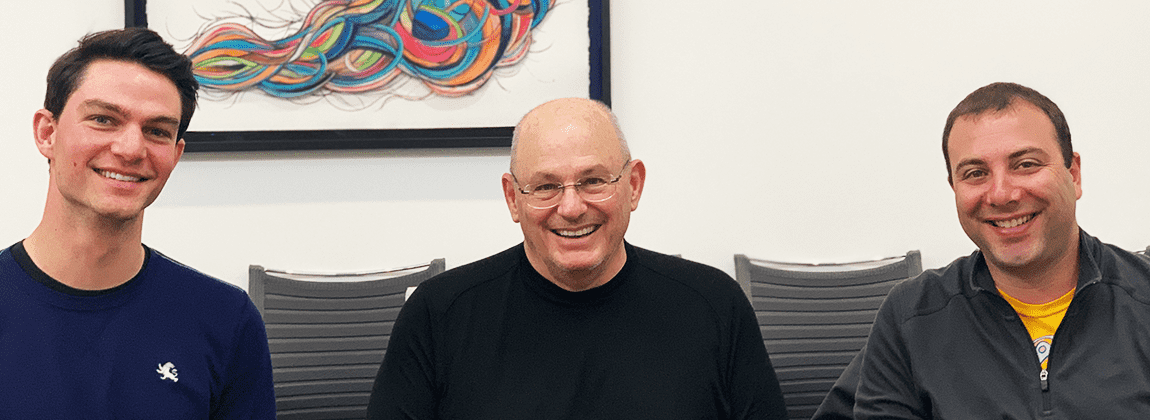Episode 44: Roboflow Offers Tools Focusing on Computer Vision

Starting your own business can be a difficult decision and complicated journey. But don't tell that to Brad Dwyer and Joseph Nelson, co-founders of Roboflow and childhood friends, who hope to make developing computer vision and augmented reality (AR) apps easier and more streamlined. Brad and Joseph discuss their successes and hopes for the company's future with Startup Stories host Mike Colwell.
The Advantage of Roboflow
Roboflow provides development tools to make computer vision more accessible to developers. The traditional way of writing software entails writing rules to tell the computer what to do to get your desired output. With machine learning, you instead train the computer by giving input examples and the desired output and you let it write the rules.
Computer vision is already changing industries like agriculture, manufacturing, healthcare and insurance. One example is how computers can identify cancer five years before leading radiologists because of small patterns in the data. Machines can identify small minute details that humans can miss.
Images in Machine Learning
Three teams are currently working on computer vision programs at Gravitate Coworking in Downtown Des Moines (DSM). These aren’t world-changing ideas, but it’s a hint that computer vision is an evolving technology that will only grow from here on out.
The Importance of Augmentation
Machine learning is essentially teaching a computer to make decisions based on examples. With images as the input, the computer will learn to recognize what it needs to through them, as well as the annotations, or answer key, which is how they learn to distinguish and write the rules. If you’re feeding images into your machine learning model, you want to apply augmentation so that if you hold your camera at a different angle, the computer doesn’t learn that the exact example you gave it is the only way something might appear. You want the computer to generalize things instead of come up with a precise answer. Roboflow makes it easier for developers to identify challenges in images used to train their system.
A Cost-Effective Model
Development teams in computer vision are often building their own custom tools to manage the training images for their system. In some cases, entire development teams are spending months building these tools. Not only does Roboflow provide those same tools at a fraction of the cost of internal development, Roboflow offers additional functionality to deal with multiple image angles, mis-identified data and other issues that can lead to a poorly trained system. In addition, Roboflow can preprocess the images using much lower cost CPU based systems, reducing the direct cost of renting or owning large scale GPU systems. This frees up funds and GPU time for building the end systems, not preprocessing images.
Distributed Teams in the Startup Community
Joseph discusses how he is a DSM native, but now splits his time between here and Washington, D.C., where he went to school at George Washington University. For Roboflow, having distributed teams has been beneficial. It’s greater access to talent and creates a different type of culture. When he and Brad are in different places, there’s also a higher need for documentation, which Joseph says is good standard to have for your business.
Listen to the entire podcast: Click Here to Listen!
Inspired by this Startup Story? Subscribe to the Startup Stories DSM podcast and check out upcoming events, videos and other free resources dedicated to helping startups and small businesses accelerate success in Greater Des Moines (DSM).
Startup Stories DSM
Startup Stories DSM is a podcast featuring conversations with entrepreneurs who share both their victories and failures on their paths to success. It is produced by the Greater Des Moines Partnership.